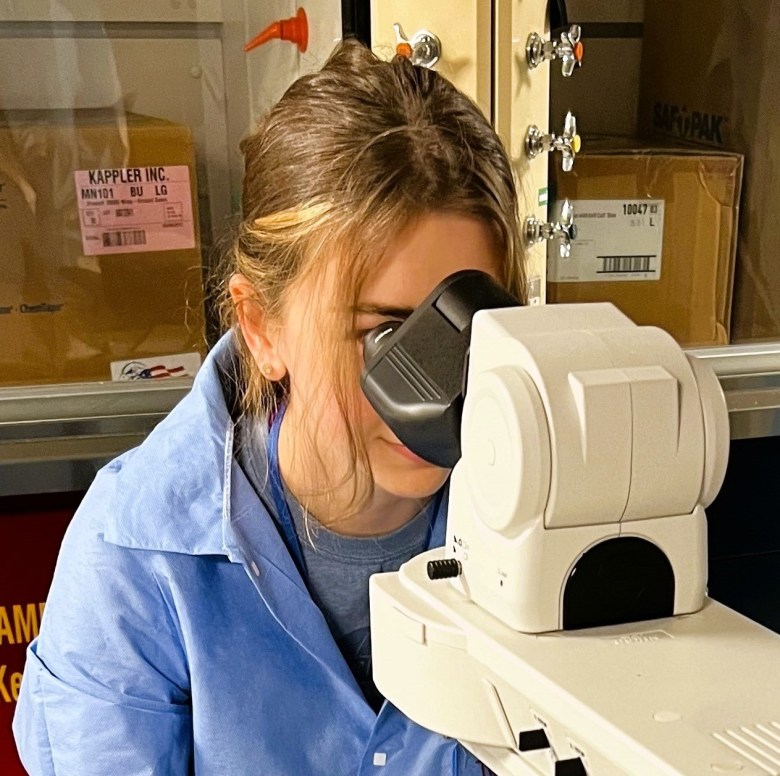By Toni Perling
Something you might not know about bats: Bananas wouldn’t exist without them. Or avocados or mangoes, for that matter. But despite being key contributors to the ecosystem by pollinating fruit plants and feeding on crop-destroying insects, the species is probably most (in)famous for being one of the main carriers of the deadly disease known as rabies.
Passed to humans through contact with a bat or other infected animal, the virus attacks the central nervous system, potentially causing brain disease and death. According to the Centers for Disease Control and Prevention (CDC), an estimated 70 percent of cases in the United States, including five fatalities in 2021, were caused by exposure to rabid bats.
Thankfully, there are shots you can take after exposure to a bat that are highly effective at preventing the disease. These vaccines, known as post-exposure prophylaxis (PEP), are not nearly as taxing as they once were. Until the 1980s, people who were exposed to rabies had to receive a dozen or more injections delivered into the stomach with a long needle. Today’s treatment regimen is four standard-sized vaccinations administered in the arm, plus a shot of immunoglobulin, a medication which delivers antibodies to your immune system to specifically target and neutralize rabies virus.

At least two of our CDC Foundation colleagues have recently had occasion to take those shots. In January of this year, Foundation President and CEO Judy Monroe was surprised by a bat who visited her at home.
“While reading in my living room with a throw slung over my shoulders, I felt something on my right hand and flung the throw away,” said Monroe. “To my surprise, a bat was in the throw! I was not certain the bat had bitten me, but I took no chances and contacted authorities immediately and started PEP.”
Dusty Staake, a CDC Foundation laboratory…
Read the full article here

